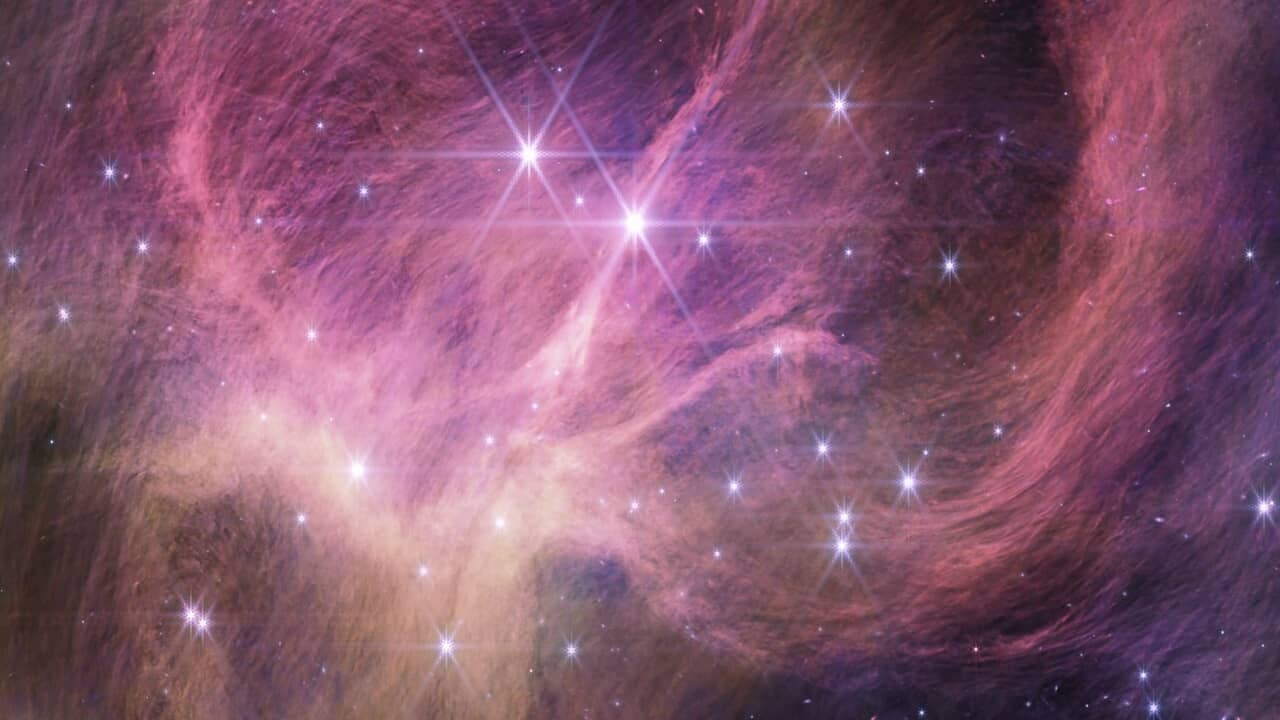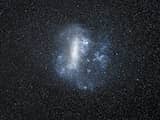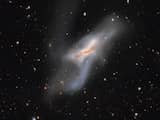Brown dwarfs are also called failed stars. They form in the same way as regular stars, but they are still relatively small. They do not get hot and large enough to cause nuclear fusion. Stars need this process to maintain themselves.
Astronomers have long been searching for the smallest objects that behave like stars. The brown dwarf they have now discovered is the smallest ever discovered. It is three to four times larger than Jupiter. By comparison, our Sun is about a thousand times larger than Jupiter. The brown dwarf is so small that it shouldn’t be able to sustain itself.
The star is located in the Perseus constellation, about a thousand light-years from Earth. Many stars are forming in that region. The area is relatively young, only five million years old. As a result, the stars that form there are younger.
The discovery of the tiny brown dwarf requires astronomers to redefine exactly how stars form. “Our current models can explain very well how large stars form.” He says Principal investigator Catarina Alves de Oliveira from ESA. “But this discovery raises the question of how this process occurs in such small objects.”
Scientists say the tiny brown dwarf is floating through the universe “alone.” It is not close to other planets and stars. This makes it easier to study, and this is what scientists will do in the near future.










More Stories
Comet Tsuchinshan-Atlas is ready to shine this fall
Sonos isn’t bringing back its old app after all
Indiana Jones and the Great Circle is coming to PS5 in spring 2025